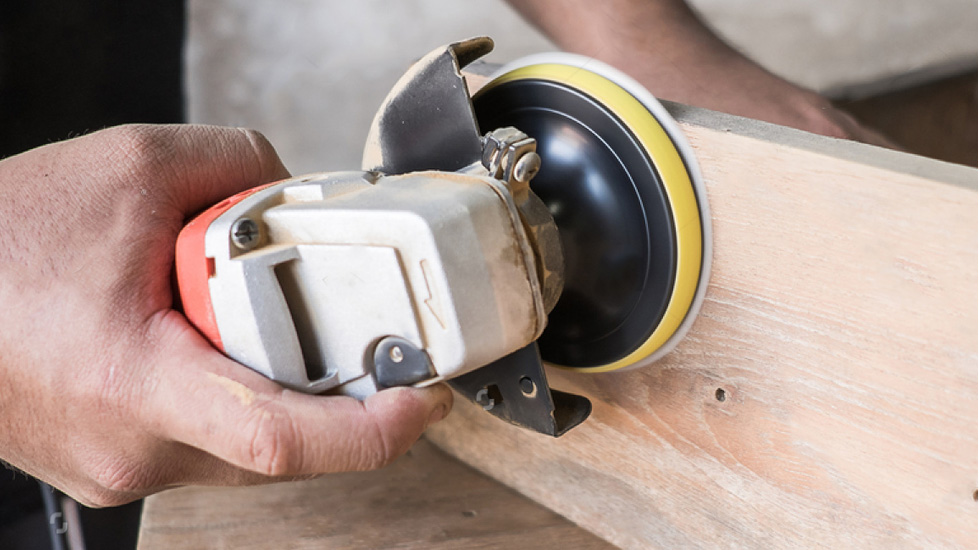Abrasives are tools for grinding, grinding and polishing. Most of the abrasive tools are artificial abrasives made of abrasive plus binder, and natural abrasives directly processed from natural mineral rock. In addition to being widely used in machinery manufacturing and other metal processing industries, abrasive tools are also used in the processing of food processing, paper industry and non-metallic materials such as ceramics, glass, stone, plastics, rubber, and wood.

Abrasives are roughly classified into three types: compact, medium, and loose. Each class can be subdivided, etc., and is distinguished by the organization number. The larger the abrasive tissue number, the smaller the volume fraction of the abrasive in the abrasive tool, and the wider the gap between the abrasive grains, indicating that the tissue is looser. Conversely, a smaller organization number indicates a tighter organization. The abrasive material of the looser structure is not easy to passivate when used, and the heat is less during the grinding process, which can reduce the heat deformation and burn of the workpiece. The abrasive particles of the tighter structure are not easy to fall off, which is beneficial to maintain the geometry of the abrasive tool. The organization of the abrasive tool is controlled only by the abrasive formula at the time of manufacture, and is generally not measured. The super-hard abrasive bonded abrasive is mainly an abrasive tool consolidated with a bonding agent such as diamond or cubic boron nitride. Due to the high price of diamond and cubic boron nitride and good wear resistance, the fixed abrasives manufactured by them are different from ordinary abrasive bonded abrasives. In addition to the superabrasive layer, there are transition layers and substrates. The superabrasive layer is part of the cutting action and consists of a superabrasive and a binder. The matrix is supported by grinding and consists of materials such as metal, bakelite or ceramic. The transition layer is used to join the matrix and the superabrasive layer, consisting of a bonding agent, and sometimes it can be omitted.
















